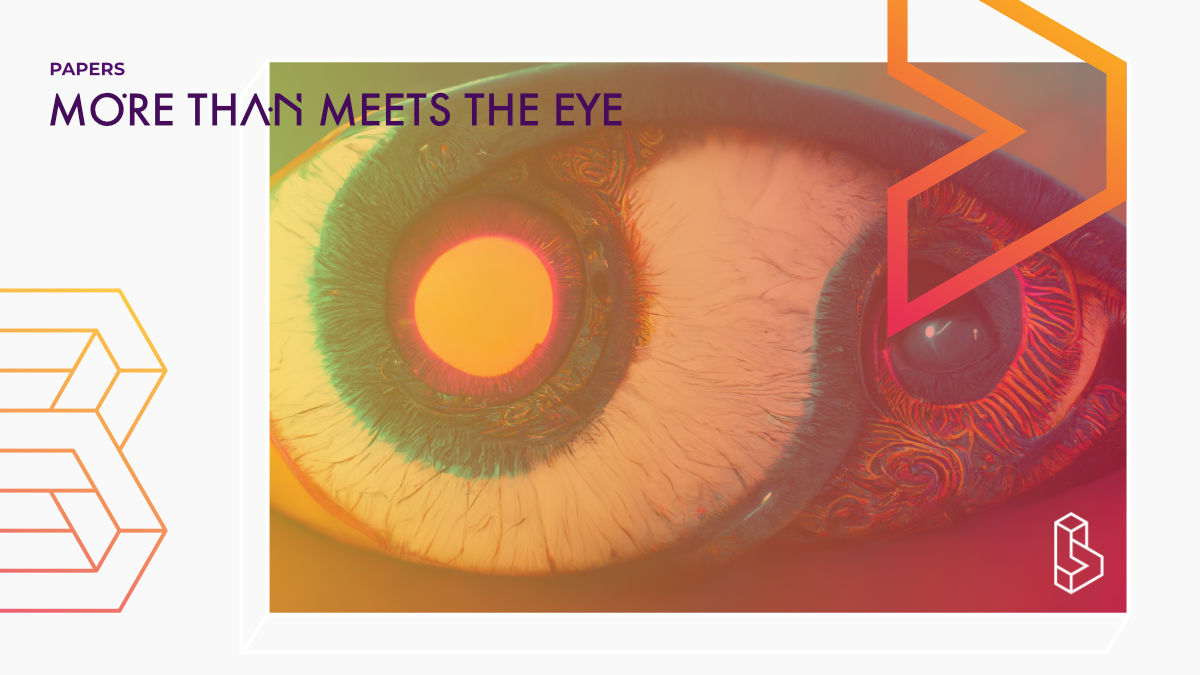This pre-print (2022) reviews the current body of evidence surrounding the effects psychedelics have on low-level sensory dimensions of experience, and corresponding brain dynamics, particularly visual dimensions. It is proposed that psychedelic-induced alterations in low-level sensory dimensions of experience are not entirely causally reducible to alterations in high-level dimensions, but rather co-occur in a dialogical interplay and play a causally relevant role in determining high-level alterations and therapeutic outcomes.
Abstract
“Psychedelics are undergoing a major resurgence of scientific and clinical interest. While multiple theories and frameworks have been proposed, there is yet no universal agreement on the mechanisms underlying the complex effects of psychedelics on subjective experience and brain dynamics, nor their therapeutic benefits. Despite being prominent in psychedelic phenomenology and distinct from those elicited by other classes of hallucinogens, the effects of psychedelics on low-level sensory – particularly visual – dimensions of experience, and corresponding brain dynamics, have often been disregarded by contemporary research as ‘epiphenomenal byproducts’. Here, we review available evidence from neuroimaging, pharmacology, questionnaires, and clinical studies; we propose extensions to existing models, provide testable hypotheses for the potential therapeutic roles of psychedelic-induced visual hallucinations, and simulations of visual phenomena relying on low-level cortical dynamics. In sum, we show that psychedelic-inducead alterations in low-level sensory dimensions 1) are unlikely to be entirely causally reconducible to high-level alterations, but rather co-occur with them in a dialogical interplay, and 2) are likely to play a causally relevant role in determining high-level alterations and therapeutic outcomes. We conclude that reevaluating the currently underappreciated role of sensory dimensions in psychedelic states will be highly valuable for neuroscience and clinical practice, and that integrating low-level and domain-specific aspects of psychedelic effects into existing nonspecific models is a necessary step to further understand how these substances effect both acute and long-term change in the human brain.”
Authors: Marco Aqil & Leor Roseman
Summary of More than meets the eye
Psychedelics, such as psilocybin, DMT, LSD, and mescaline, elicit various effects on the brain, ranging from low-level sensory alterations to high-level cognitive alterations. It is unclear how these effects are achieved or what the relations between low-level and high-level alterations would be.
Psychedelic brain dynamics and subjective experience may be explained by the activation of subcortical structures such as the thalamus and the claustrum. Still, these models do not take into account the specific characteristics of psychedelic visionary states.
Find this paper
https://doi.org/10.1016/j.neuropharm.2022.109300
Open Access | Google Scholar | Backup | 🕊
Authors
Authors associated with this publication with profiles on Blossom
Leor RosemanLeor Roseman is a researcher at the Centre for Psychedelic Research, Imperial College London. His work focussed on psilocybin for depression, but is now related to peace-building through psychedelics.

